Bioavailability is a term that gets tossed around quite a bit in the world of dietary supplements, nutraceuticals, and multivitamins. But what does it actually mean, and why should you care about it when you're formulating your product? Simply put, bioavailability refers to how well and how quickly your active ingredients—like vitamins, minerals, or herbal extracts—are absorbed and used by the body.
If your product has poor bioavailability, it doesn’t matter how great your active ingredients are; they won’t be fully absorbed, which means they won’t deliver the benefits you're promising. That's where excipients come in. These seemingly invisible components in your formulation are often the key to unlocking better bioavailability. Let’s dive into how to enhance bioavailability with the right excipients and why it's crucial for your product’s success in the supplements and nutraceuticals industry.
Understanding Bioavailability in Nutraceuticals
When it comes to dietary supplements, nutraceuticals, and multivitamins, bioavailability determines whether the active ingredients are reaching the bloodstream and, ultimately, the target tissues. There are several factors that influence bioavailability, but the most common ones are solubility and permeability.
Key Factors Affecting Bioavailability
- Solubility: Many active ingredients are not very soluble in water, which makes them hard for the body to absorb. Think of it like oil and water—they just don’t mix.
- Permeability: Even if an ingredient dissolves well, it still needs to pass through the walls of the gastrointestinal tract to enter the bloodstream.
- Metabolism: Some active ingredients are metabolized by the liver before they can be absorbed, reducing their effectiveness.
The Role of Excipients in Enhancing Bioavailability
Excipients are often thought of as “fillers” or “inactive ingredients,” but that’s a serious understatement. A good excipient can dramatically improve how your product works by enhancing the absorption and effectiveness of the active ingredients. Essentially, they act as the supportive cast that allows the stars of the show—your vitamins, minerals, or botanicals—to shine.
How Excipients Improve Bioavailability
- Solubilizers help poorly water-soluble compounds dissolve more easily.
- Permeation enhancers boost the ability of the active ingredients to pass through cell membranes.
- Disintegrants ensure tablets break down quickly in the digestive system, speeding up absorption.
- Stabilizers prevent the degradation of active ingredients, ensuring they remain effective longer.
Once I fully grasped the role excipients play, we revisited our original product and reformulated it with a better excipient blend. The difference in customer satisfaction was night and day.
Types of Excipients That Improve Bioavailability
Selecting the right excipient is critical because different types of excipients perform different functions. Here’s a breakdown of the most common types of excipients for supplements that can help enhance bioavailability:
1. Solubilizers
Solubilizers are a game-changer for ingredients that don’t dissolve well in water. Since the human body is largely water-based, this is a common challenge, especially with fat-soluble vitamins like A, D, E, and K.
Examples:
- Cyclodextrins: These molecules form complexes with the active ingredient, making them more water-soluble.
- Polysorbates: These surfactants help dissolve poorly soluble compounds.
2. Permeation Enhancers
Permeation enhancers work by increasing the absorption of the active ingredient through the intestinal lining, making it easier for your body to take in what it needs.
Examples:
- Medium-chain triglycerides (MCTs): These fatty acids not only provide energy but also improve absorption of fat-soluble vitamins and nutrients.
- Surfactants: These reduce the surface tension between substances, allowing active ingredients to permeate cells more easily.
3. Disintegrants
Once the tablet or nutraceutical supplement enters the digestive system, it needs to break down quickly. Disintegrants help the tablet dissolve into smaller particles, making it easier for the active ingredients to be absorbed.
Examples:
- Croscarmellose sodium: A super-disintegrant commonly used in tablets.
- Microcrystalline cellulose: This popular binder also has disintegration properties.
4. Stabilizers
Stabilizers are essential for ensuring that your active ingredients remain stable over time, especially when exposed to factors like heat or moisture. They prevent degradation, ensuring your product stays effective longer.
Examples:
- Antioxidants: Ingredients like vitamin E can prevent oxidation and keep your formula stable.
- Coatings: Enteric coatings can protect ingredients from being broken down by stomach acid, ensuring they reach the intestines where they can be absorbed.
Choosing the Right Excipients for Your Product
Not every excipient is right for every product, so how do you choose the best ones? This depends largely on the type of product you're formulating and the specific properties of your active ingredients.
Matching Excipients to Active Ingredients
The properties of your active ingredients will dictate which excipients are appropriate. For example, if your active ingredient is poorly soluble in water, a solubilizer like cyclodextrin may be your best bet. If you're working with fat-soluble vitamins, permeation enhancers like MCTs can be invaluable.
Formulation Goals and Delivery Methods
Think about your end goal. Are you formulating a tablet, capsule, or powder? Each has different needs when it comes to excipients. Immediate-release formulations, for example, require fast-dissolving disintegrants, while sustained-release formulas may require excipients that slow down absorption for prolonged effects.
In one of my earlier projects, we were trying to create an extended-release multivitamin. The key challenge was finding an excipient that would allow the active ingredients to be released slowly over time without affecting bioavailability. We ultimately landed on a combination of coatings and stabilizers that delivered consistent results.
Common Challenges in Formulating for Bioavailability
Formulating with bioavailability in mind isn’t without its challenges. Here are a few common pitfalls:
1. Incompatibility Between Excipients and Active Ingredients
Certain excipients can interfere with the stability or absorption of active ingredients. For example, some excipients can cause the degradation of sensitive botanicals.
2. Overuse of Excipients
More isn’t always better. Using too much of certain excipients can lead to undesirable effects, such as increased tablet size or slower disintegration.
Regulatory Considerations for Excipients
In the world of nutraceuticals, dietary supplements, and multivitamins, regulatory approval is crucial. All excipients must comply with Good Manufacturing Practices (GMP) to ensure safety and efficacy. Additionally, some excipients are restricted or banned in certain markets, so it’s essential to stay updated on global regulatory standards.

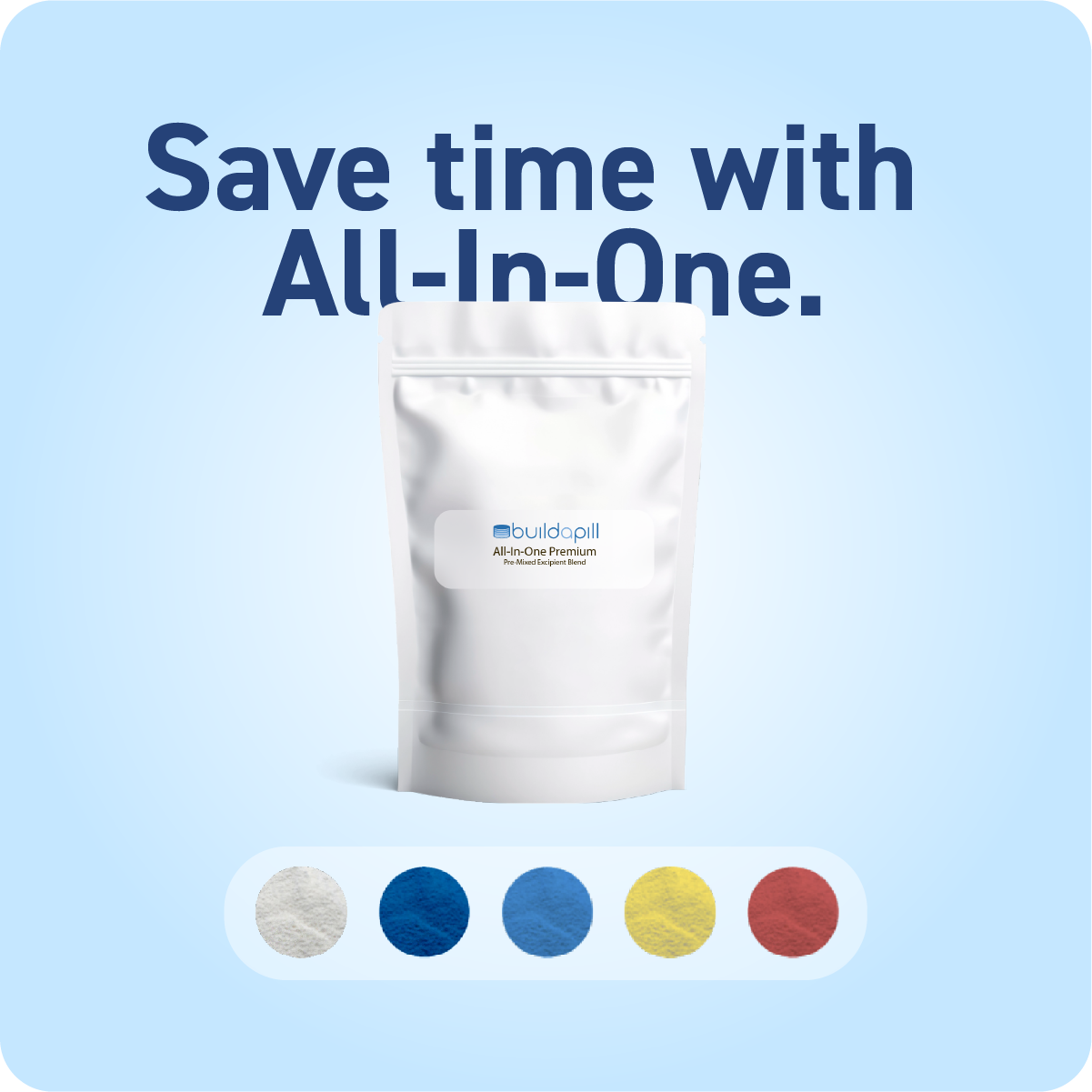
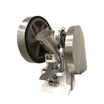
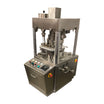
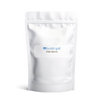
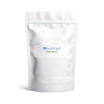
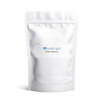
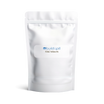
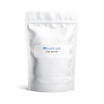
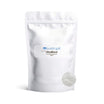
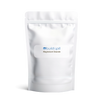
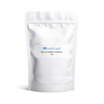
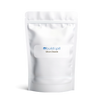
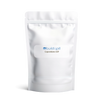
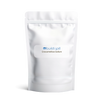

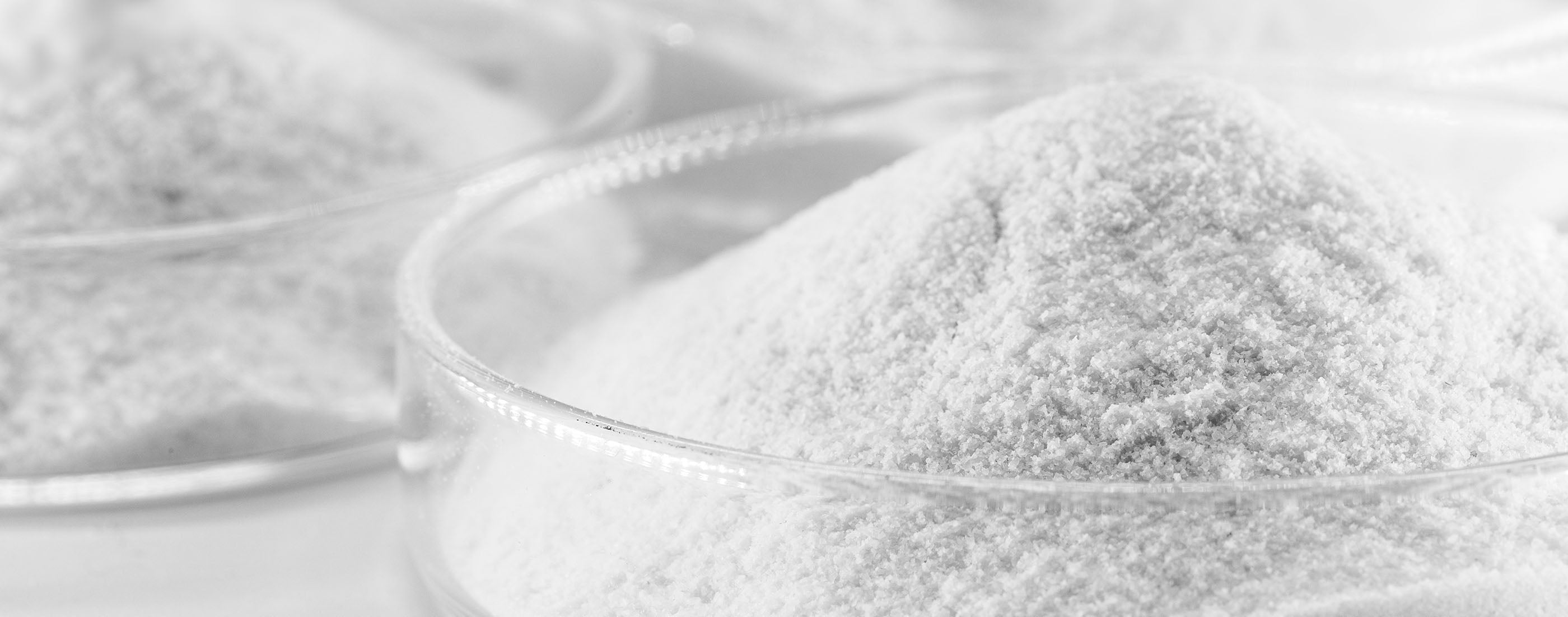
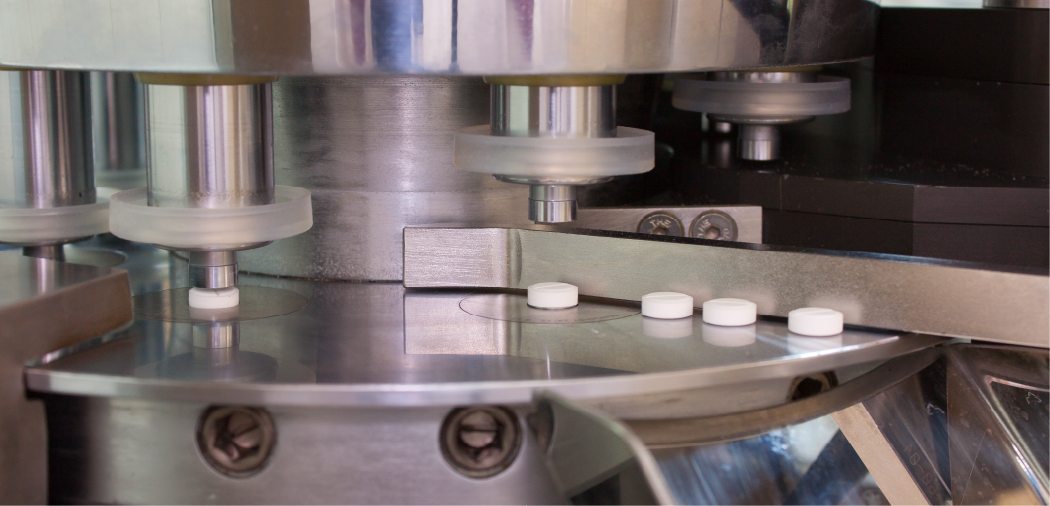
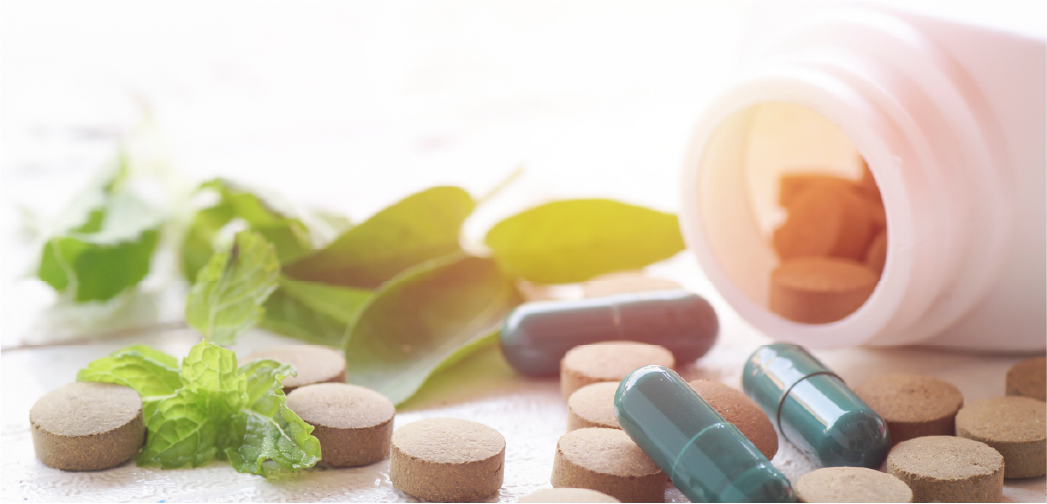
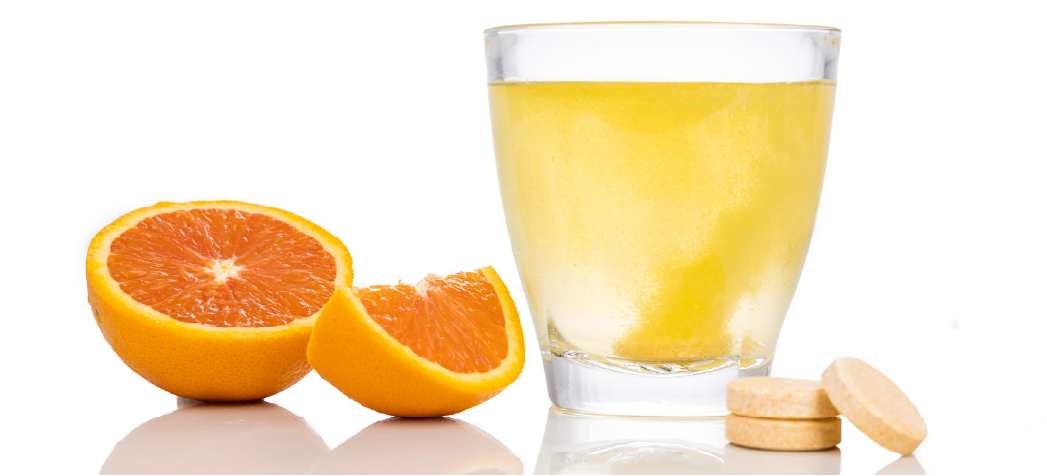
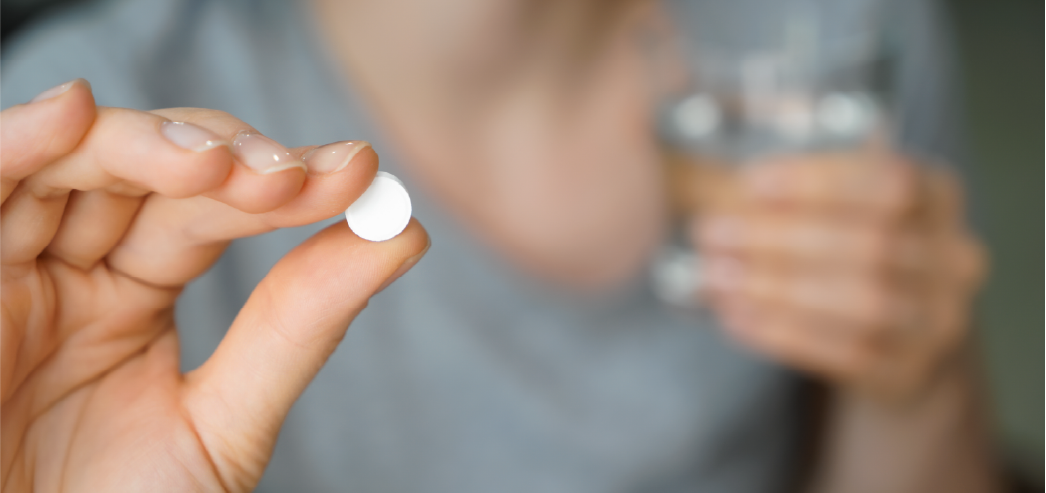

Leave a comment
This site is protected by hCaptcha and the hCaptcha Privacy Policy and Terms of Service apply.